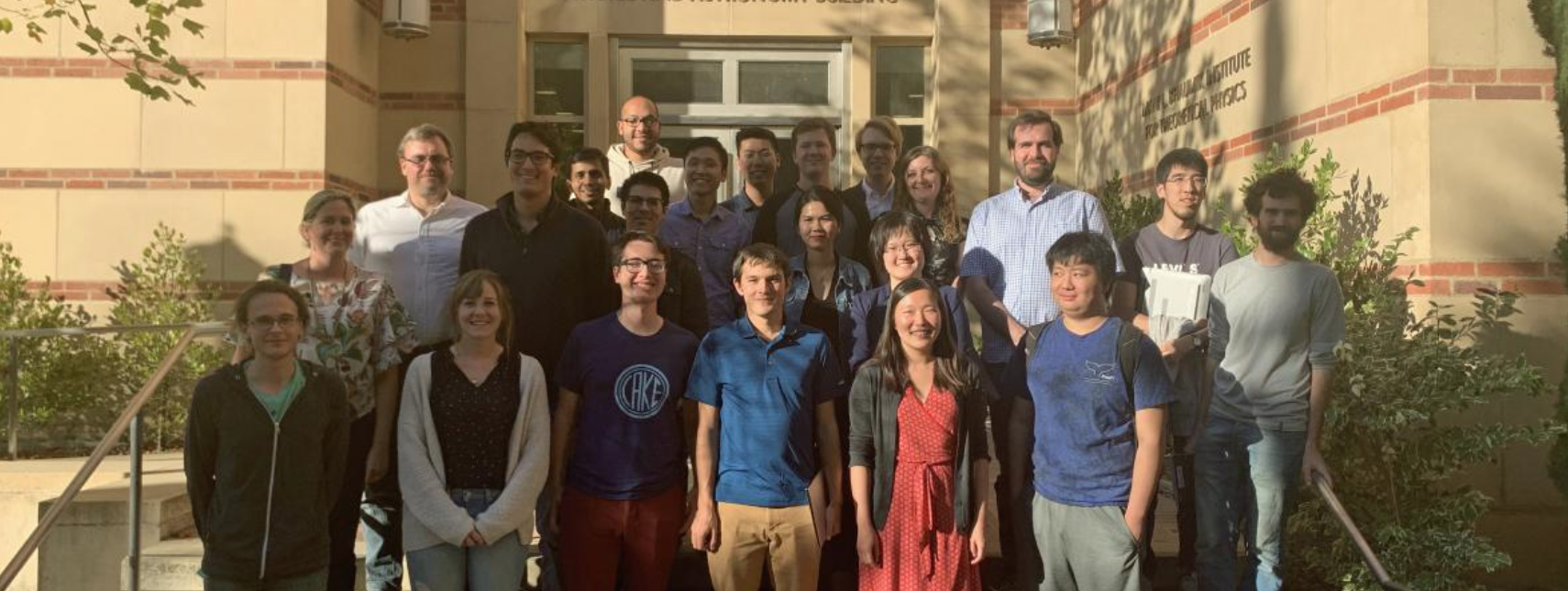Research areas
Overview

New extrasolar planets are being discovered all the time by both spacecraft and ground-based instruments. As technology improves, it becomes easier to find planets of varying sizes and distances from their parent stars, and it also becomes possible to analyze their composition, temperature, and other properties. We use technologies such as direct imaging of extrasolar planets and circumstellar disks to develop an understanding of planet, comet, and asteroid formation.
Planetary Science faculty study the dynamics and physical properties of the interiors, surfaces, and atmospheres of Earth, planets, moons, and other solar system objects. We investigate the convective motions in planetary mantles and cores, the links between the microscopic-scale structure of minerals and planetary scale processes, models of plate dynamics at a range of scales, and the atmospheric, surface, and interior processes in the solar system as revealed by spacecraft missions and ground-based telescopes.
Click here to navigate to the Planetary Science website.
Faculty research
Mike Fitzgerald studies planet formation through direct imaging of extrasolar planets and circumstellar disks. He is also active in the development of astronomical instrumentation.
Brad Hansen studies the evolution of white dwarf stars and the formation and evolution of planetary systems.
David Jewitt (Earth, Planetary, and Space Sciences/Astronomy) is interested in the primitive bodies of the Solar System, especially the comets. His hope is that the properties of the comets will throw light on the nature and evolution of the protoplanetary disk.
Jean-Luc Margot (Earth, Planetary, and Space Sciences/Astronomy) uses telescopic and spacecraft data to investigate the dynamics, physical properties, formation and evolution of planets.
Smadar Naoz is interested in the dynamical evolution of multi body extrasolar planets, involving both gravitational interactions, tides GR etc.
Erik Petigura conducts observations of extrasolar planets and their host stars using ground- and space-based telescopes. He's interested in understanding the diversity of planets in the universe and uncovering the physical processes that account for this diversity.
William Newman is a professor in the Departments of Earth, Planetary, and Space Sciences, Physics and Astronomy, and Mathematics. His astrophysical research focuses on the the dynamics and statistics of galaxy clusters, magnetic fields in the intercluster medium, and accretion processes in AGNs. His broader research relates to nonlinear dynamical problems, such as those encountered in solar system dynamics.
Hilke Schlichting works at the intersection of astrophysics and planetary sciences. Her group focuses on pioneering new theoretical models, which are motivated and guided by cutting-edge observations and geochemical measurements, with the goal of explaining the origin and diversity of exoplanets and placing the formation of our own Solar System into context.
Benjamin Zuckerman is interested in identifying young stars near Earth in order to search for planets and understand the formation of solar systems.
Banner Image Credit: NASA/Tim Pyle.